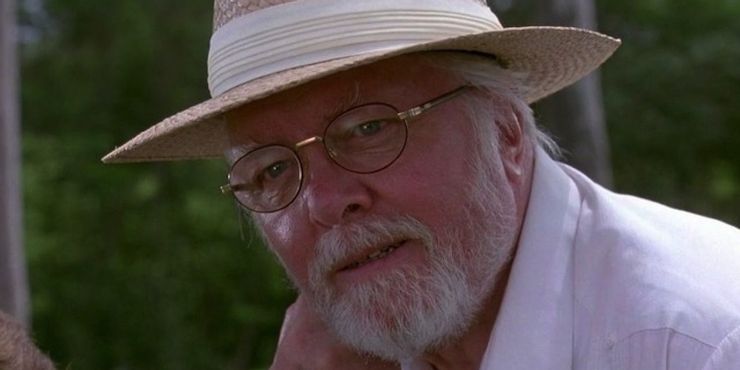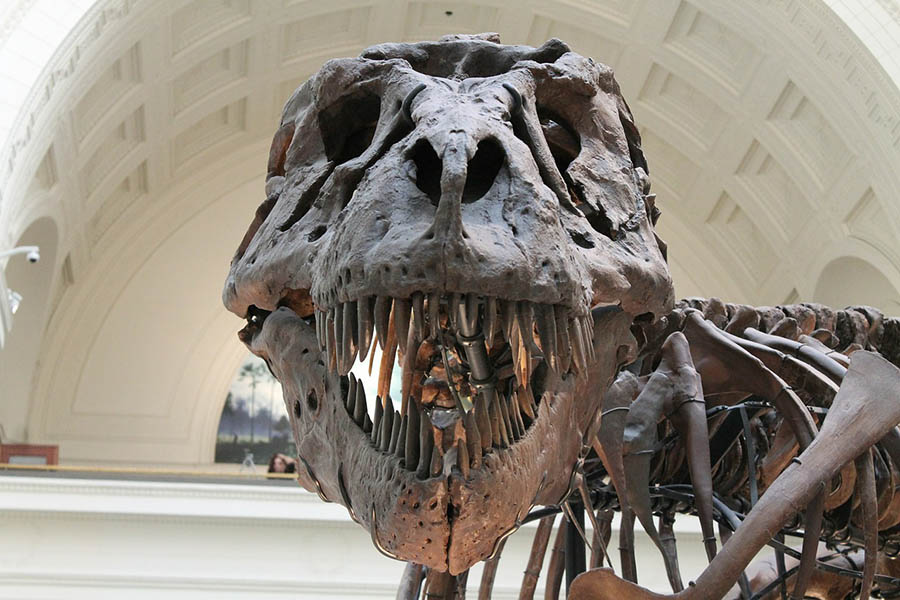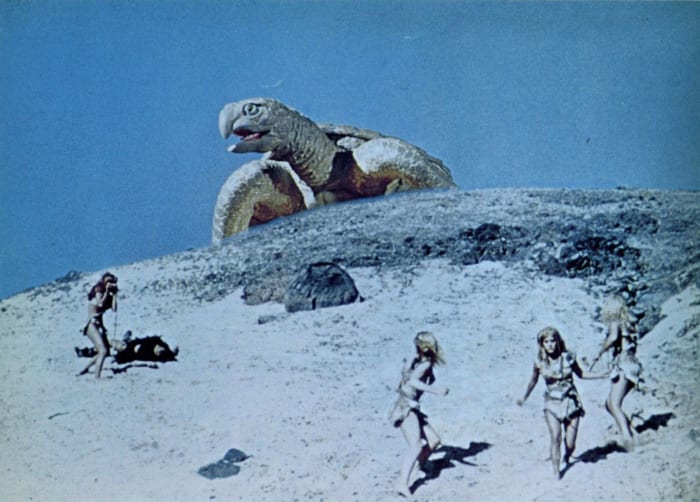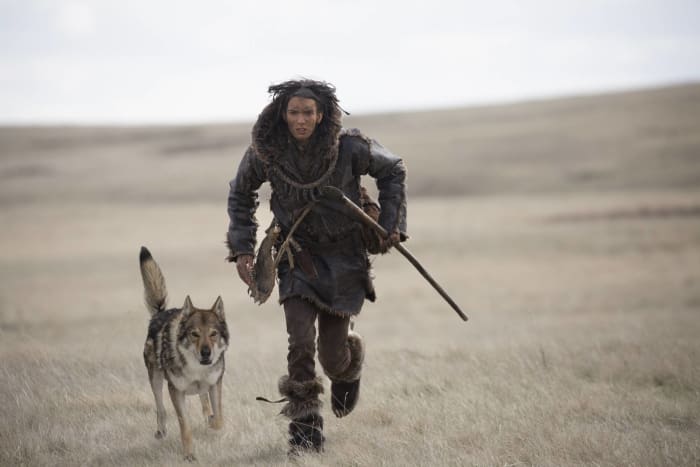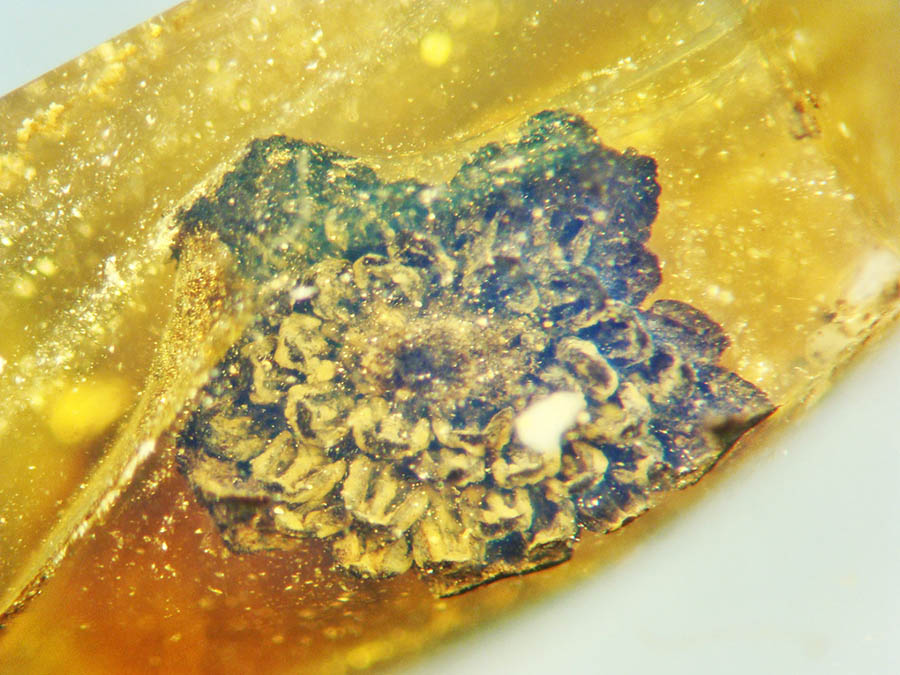‘The Story of Evolution in 25 Discoveries’ Review: The Branching Tree of Life

The great but grumpy biologist J.B.S. Haldane was once asked what evidence would disprove evolution, whereupon he growled: “Fossil rabbits in the Precambrian.” He was referring to the evolutionary fact that complex multicellular creatures came along later than simple, unicellular ones. A bit surprising, perhaps, that one of the foremost evolutionary geneticists of the 20th century immediately reached for a paleontological example, but Haldane’s reply was well-suited for public consumption, because then—as now—when most people thought of evolution, they were likely to conjure images of dinosaur fossils.
Donald Prothero is a research associate in vertebrate paleontology at the Natural History Museum of Los Angeles County. When I learned he had written a book that examined 25 different discoveries relating to evolution, I assumed that he, like Haldane, would deploy paleontology in making his case. Mr. Prothero’s book is indeed tilted toward examples from the world of ancestral creatures, but, refreshingly, also guides the reader through impressive discoveries in embryology and molecular genetics.
“The Story of Evolution in 25 Discoveries” is a parade of self-contained vignettes, often including biographical sketches of the scientists who made and interpreted each discovery. This particular story begins (like everything else) with the big bang, followed by the fascinating tale of how science gradually came to understand the age of the Earth: From biblical literalism; through Lord Kelvin’s famous underestimate, in the 1890s, of 20 million years; to our current understanding of 4.5 billion years. Then comes a whirlwind tour of evolutionary change as it occurs, in real time, among microbes, plants, insects, fish, birds and mammals, obliterating the creationist canard that evolution hasn’t even been witnessed, let alone studied.
Some of the most impressive evolutionary stories involve common body plans, technically known as homologies. Thanks to Mr. Prothero, I now know that Aristotle first noticed this widespread phenomenon, of which Darwin wrote: “What can be more curious than that the hand of a man, formed for grasping, that of a mole for digging, the leg of the horse, the paddle of the porpoise, and the wing of the bat, should all be constructed on the same pattern, and should include similar bones, in the same relative positions?” Curious indeed. And strongly suggestive of common descent—or, for anti-evolutionists, of a Creator’s insistence on sticking with the same divine blueprint, or “archetype,” even when other more direct routes should have been available. The Darwinian story provides scientific insight into why homologies occur, whereas the theological story simply reiterates that they occur.
And on we go, to the embryonic similarities of otherwise distantly related creatures (“ontogeny recapitulates phylogeny”) and then biogeography (“the sinking of Noah’s Ark”), which shows, among other relevant findings, that the flora and fauna of islands resemble those of nearby continents—a phenomenon that wouldn’t necessarily be expected if each had been a special, independent creation. The story of life continues, detailing how living things within natural categories share those common body plans, or, as Darwin put it, how “organic beings have been found to resemble each other in descending degrees, so that they can be classed in groups under groups.” As a result, instead of being arbitrary, our system of biological classification conforms perfectly with the nested, branching patterns of evolutionary relationships demonstrated by anatomy, physiology and genetics. Moreover, as Mr. Prothero points out, “if life had been specially created rather than evolved, there would be no reason for the molecular systems to reflect this pattern of similarity seen in megascopic features . . . [and] not even Darwin could have dreamed that the genetic code of every cell in your body also shows the evidence of evolution.”
We meet various vestigial organs—“mute witnesses of the past,” Mr. Prothero calls them. These include such otherwise inexplicable ones as the pelvis and leg bones of whales and snakes, the wings of flightless birds, and the human coccyx (tailbone). He enumerates transitional forms galore, such as Ambulocetus (“walking whale”), Tiktaalik (a critical intermediate between fish and amphibians) and, of course, the many distinct species linking early apes and Homo sapiens—which should put to rest the assertion that such “links” are “missing.” (There will always be gaps, because whenever a made-to-order, in-between fossil form is discovered, this produces two new “missing links.”)
Mr. Prothero also provides an excellent account of how evolution produces highly complex adaptations—eyes, for example—as well as how, rather than being “intelligently designed,” many animal bodies are almost ludicrously jury-rigged, a phenomenon attributable to the historical and embryological constraints imposed by the evolutionary process. For example, only a thoroughly incompetent designer would have made the left laryngeal nerve of giraffes require 14 extra feet of length—looping from the upper neck down to the heart and then back up again—or pushed the human urethra through the prostate, or united eating and breathing in such a way as to cause death when people accidentally inhale while swallowing food.
This book accomplishes a nearly impossible double-task: it conveys enough information to serve as an introductory undergraduate text in evolution while also fascinating the general reader. Though Mr. Prothero will not change the mind of any creationists, his persuasive and accessible accounts will not only delight the scientifically literate reader but may influence open-minded fence-sitters, those teetering between religious dogma and empirical reality.
An epigraph for this book comes from the pioneering evolutionary geneticist Theodosius Dobzhansky : “Nothing in biology makes sense except in the light of evolution.” We can make this wise observation more affirmative and no less true: Everything in biology makes sense in the light of evolution. Moreover, it may not be too optimistic to go further yet: In the light of Mr. Prothero’s fine book, the reading public is better equipped than ever before to make sense of evolution itself.
Source: www.wsj.com/





